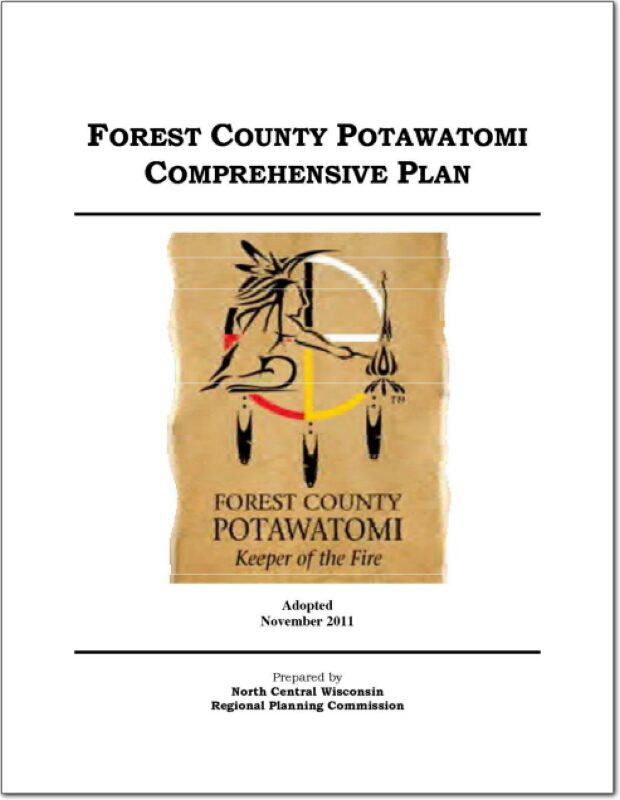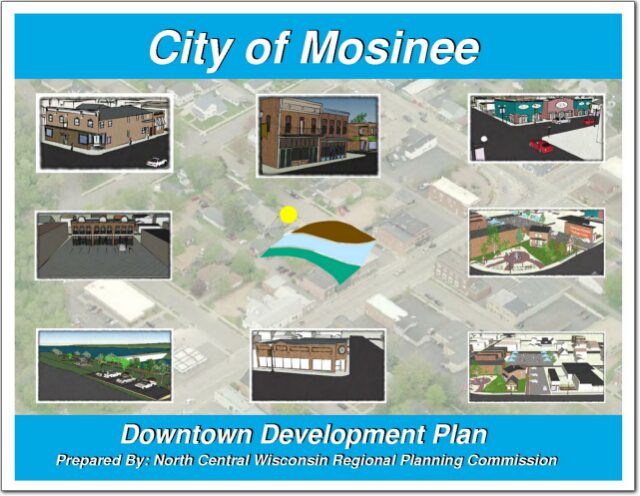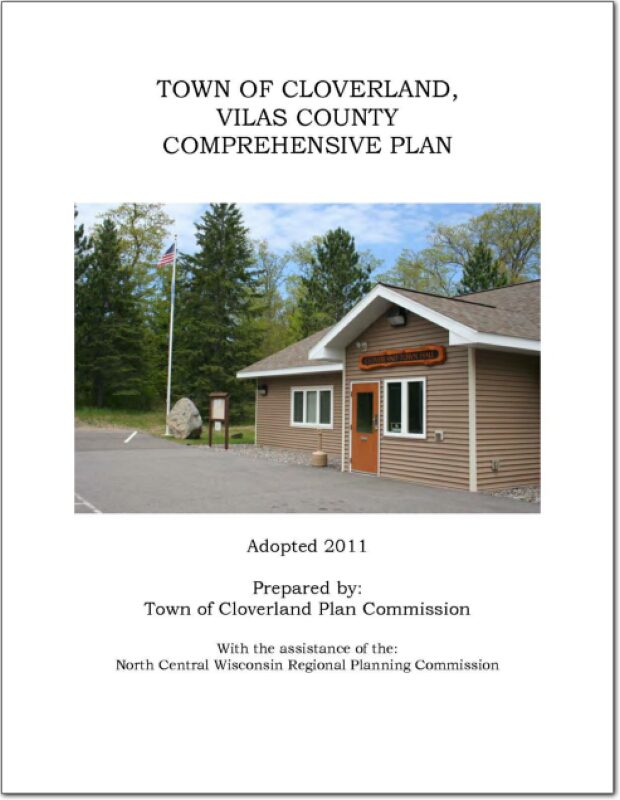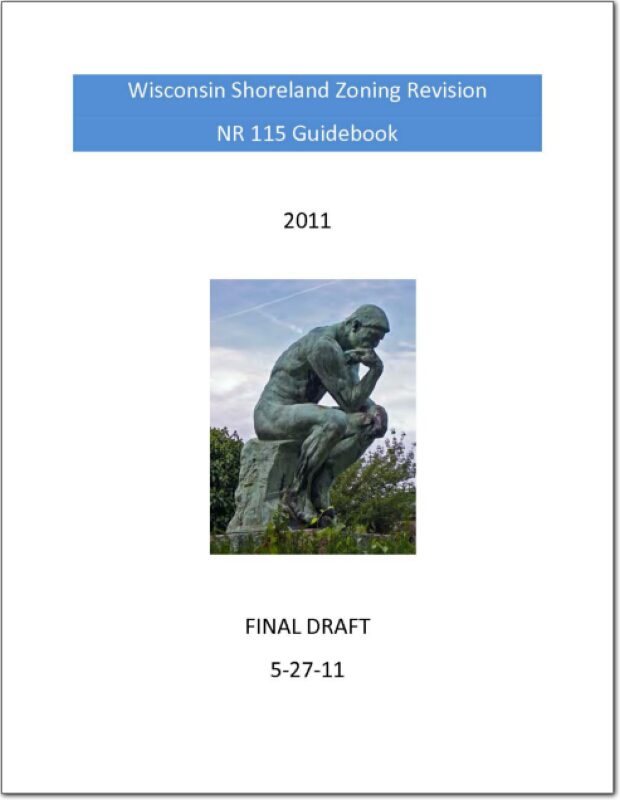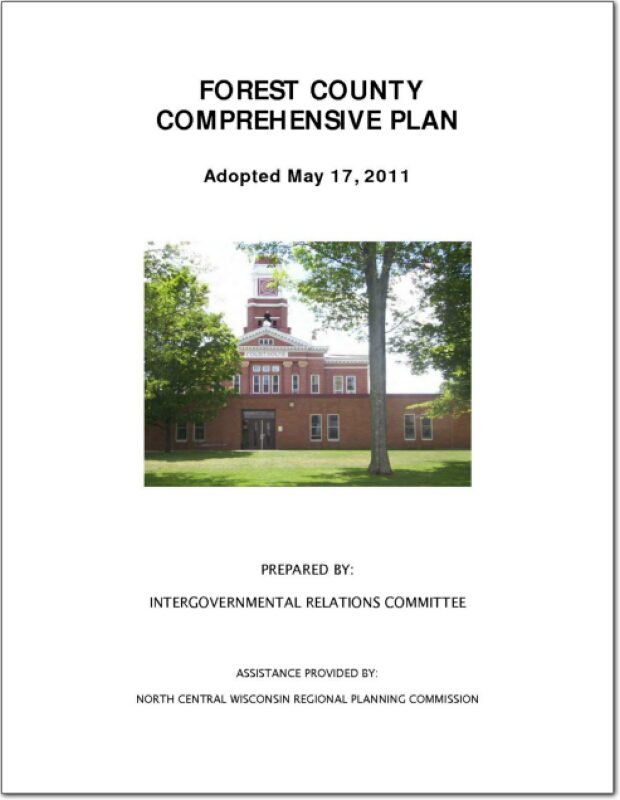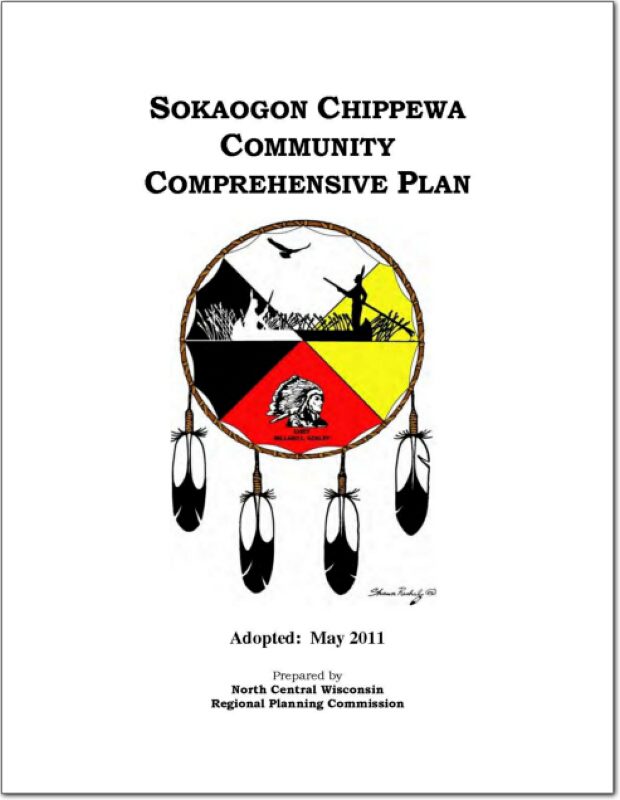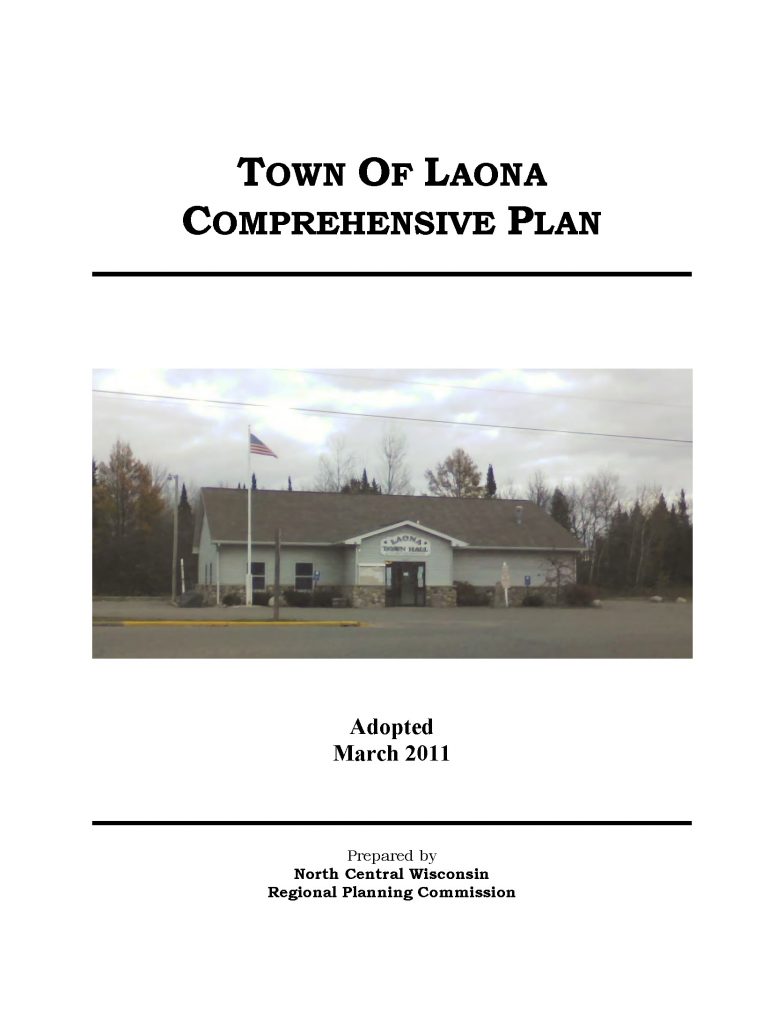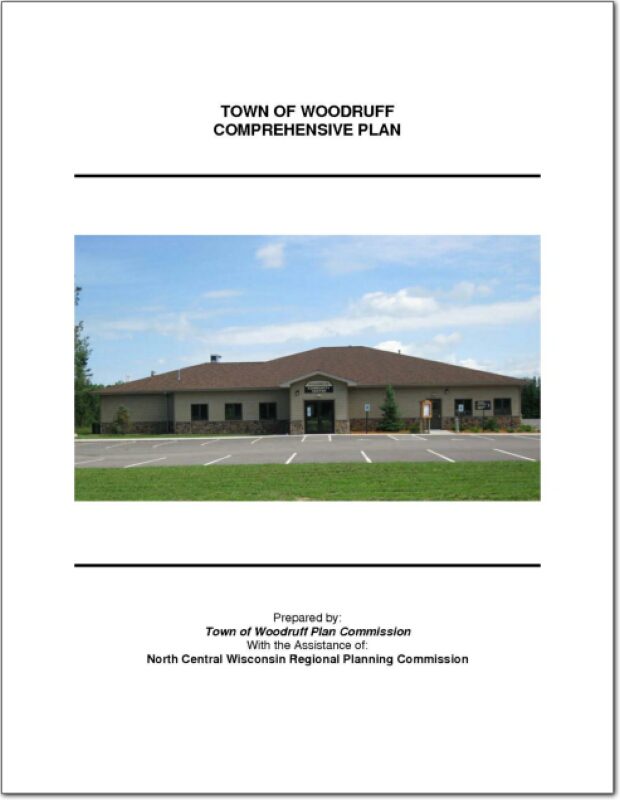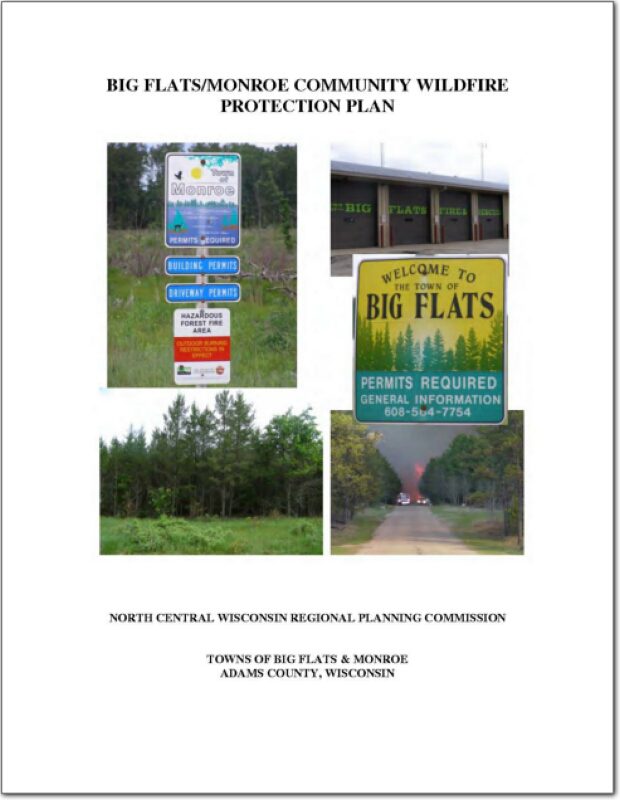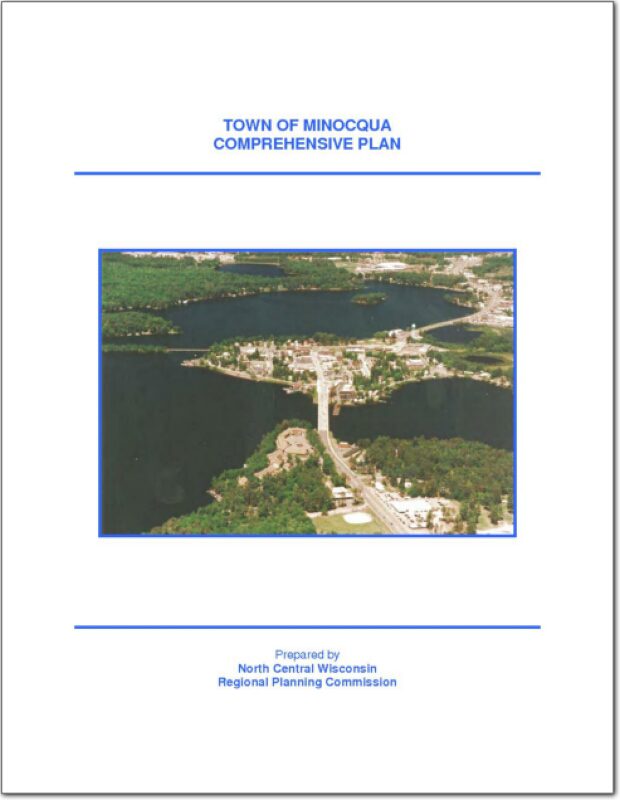The Forest County Potawatomi community is a sovereign nation chartered by the Bureau of Indian Affairs, and is recognized federally as a Native American Tribal Nation and operates under a ratified constitution. The tribal lands are scattered within the Town of Lincoln in Forest County, Wisconsin. The Town of Lincoln the is a double township stacked atop each other, less the area taken up by the City of Crandon and two sections from the northeast and southwest corners. The Town lies in the southwest corner of Forest County, Wisconsin and surrounds the City of Crandon on three sides.
